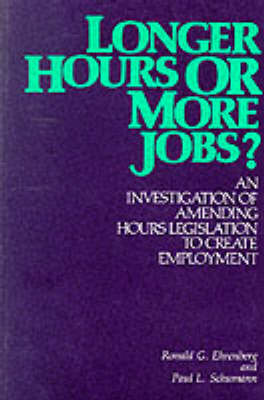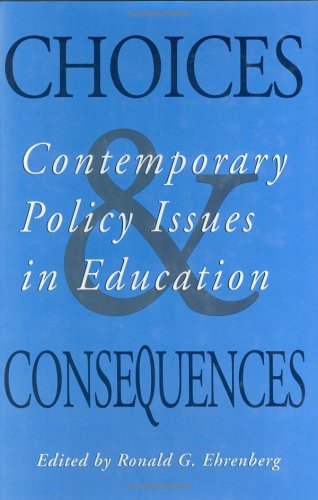ILR Press Books
2 total works
Choices and Consequences: Contemporary Policy Issues in Education
by Ronald G. Ehrenberg
Published 1 October 1994
Education constitutes a large sector of our economy and a central concern of our society. Over 47 million students were enrolled in elementary and secondary schools in 1992 and over 14 million in institutions of higher education, the vast majority of which were publicly funded. Over 7.5 percent of the U.S. gross domestic product in that year and almost 35 percent of all expenditures of state and local governments were directed toward education. How do we evaluate the return on that investment? To create a basis for informed policy debate, the contributors to this volume summarize their research on the choices that students, teachers, and school administrators make. Eric A. Hanushek and Richard R. Pace analyze the characteristics of teachers in American public elementary and secondary schools. They ask how we can assure an adequate flow of people into the teaching profession, how we can increase the influx of math and science teachers, and how we can maintain or improve professional quality. David H. Monk and Jennifer A. King examine the effects different sequences of teachers have on pupil performance in secondary mathematics and science, suggesting that teachers' subject matter preparation does affect student achievement. The final chapters explore the significance of choices students make for higher education. Nearly half of all first-time, first-year students attend a two-year or community college. Cecilia Elena Rouse analyzes the impact of changes in tuition levels and campus proximity on decisions to attend two-year institutions. Ronald G. Ehrenberg and Donna S. Rothstein consider historically black institutions, asking what the appropriate public policy should be toward them andhow they influence the number of black faculty members at major American colleges and universities.

